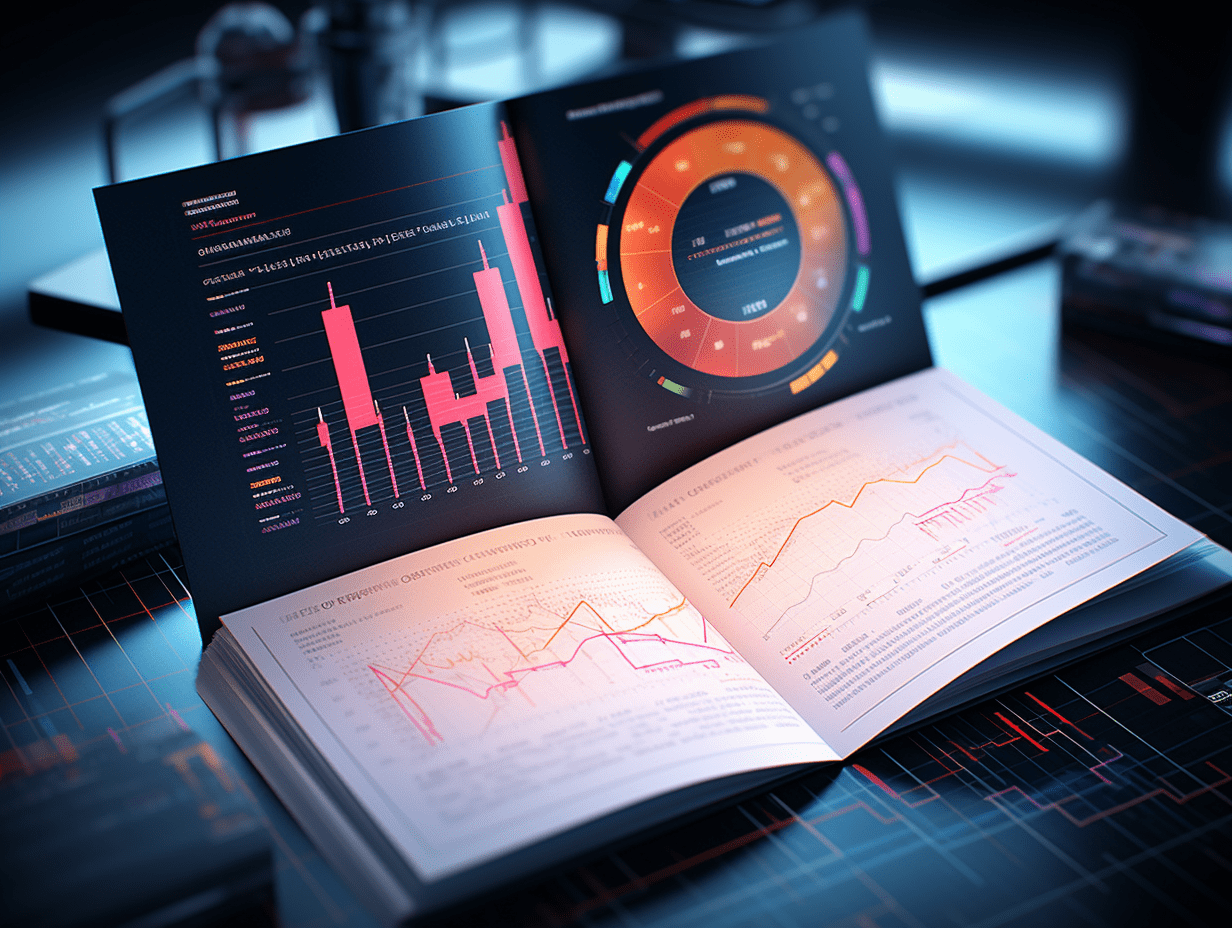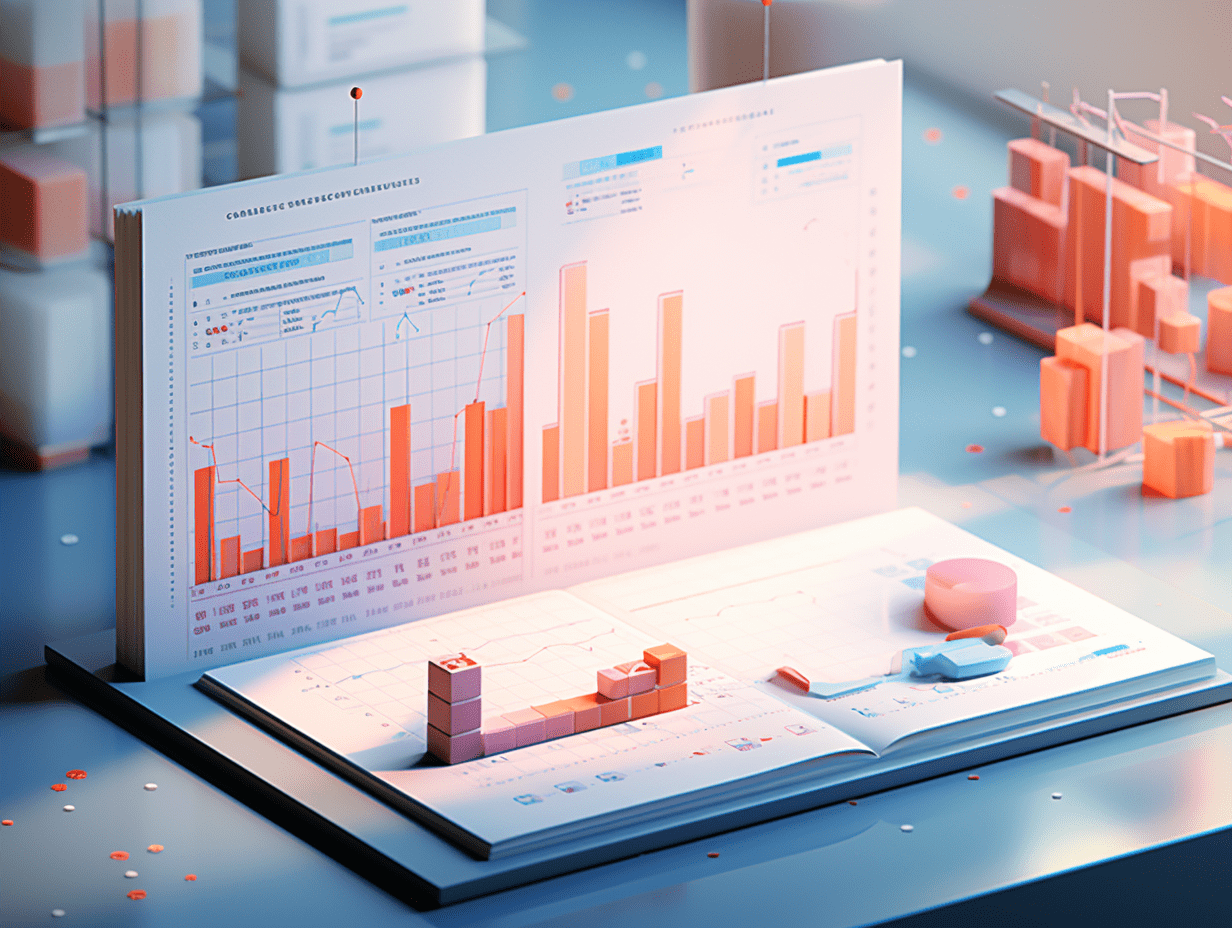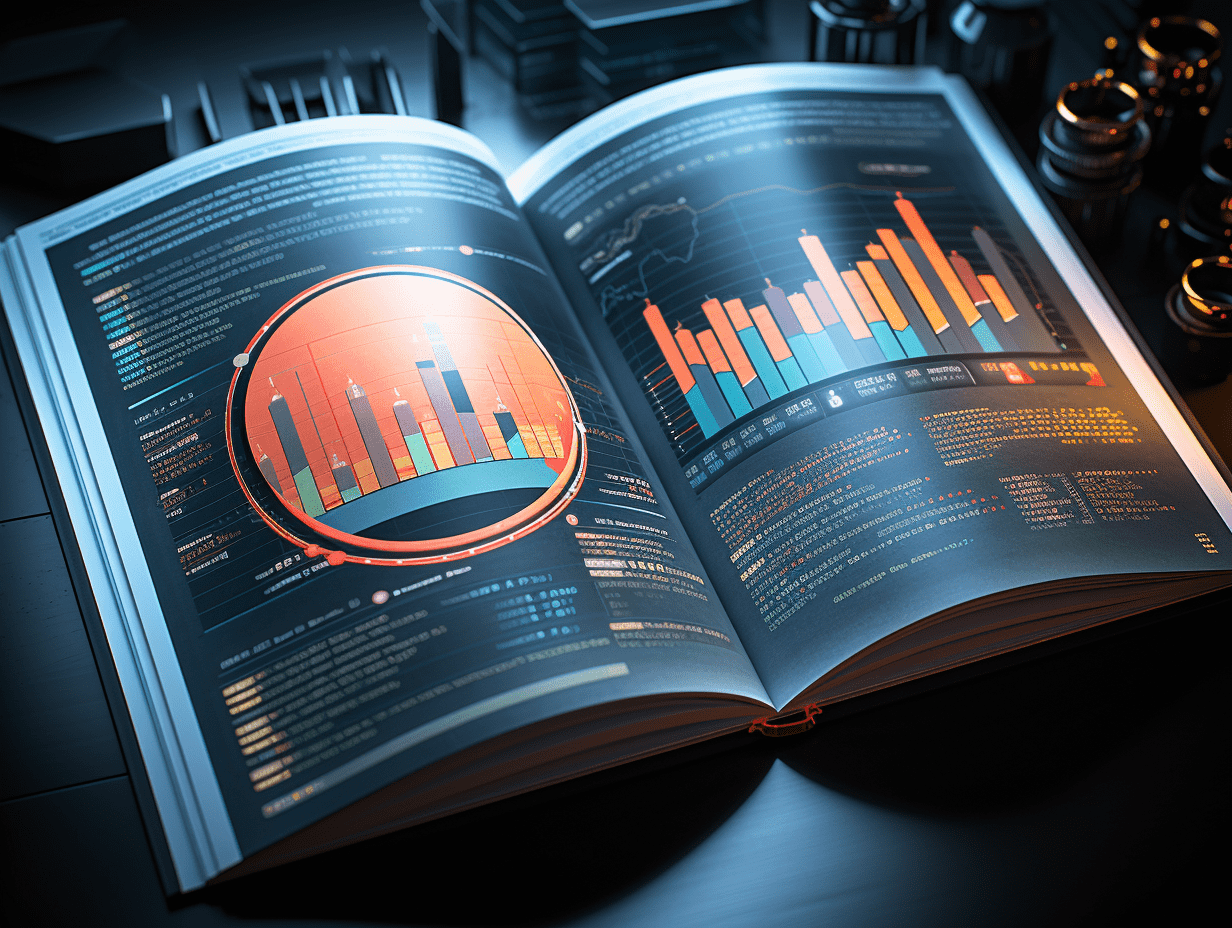Sealand: AIDC demand is high, with a trend of increasing energy storage to boost energy storage growth.
The data center's spare parts inventory has shifted from "optional configuration" to "just-in-time demand".
Sealand released a research report stating that, against the background of the three major trends of large scale, high power density, and high energy consumption in Artificial Intelligence and Data Centers(AIDC), the demand for driving power consumption continues to increase. SemiAnalysis predicts that the electricity consumption of data centers in the United States will increase from 196TWh in 2023 to 672TWh in 2028, with the proportion of electricity consumption increasing from 4.5% to 14.6%. Additionally, due to the surge in AIDC demand, there is a shortage of gas turbines in North America, leading to an increased risk of power outages. The proportion of new energy generation is expected to increase, and considering economic viability and grid stability, the demand for storage is expected to continue to grow. It is recommended to focus on opportunities in both the data center side and the power generation side.
Sealand's main points are as follows:
Data center construction is flourishing, driving the need for increased power supply stability.
By 2024, the combined year-on-year growth rates of capital expenditures (CAPEX) for the four major cloud companies in North America (Amazon, Microsoft, Google, Meta) and domestic companies Alibaba and TENCENT will be 57% and 169% respectively. Investment is expected to further increase in 2025, marking the first year of global AIDC construction. In the context of the three major trends of large scale, high power density, and high energy consumption in AIDC development, the demand for driving power consumption continues to increase. SemiAnalysis predicts that the electricity consumption of data centers in the United States will increase from 196TWh in 2023 to 672TWh in 2028, with the proportion of electricity consumption increasing from 4.5% to 14.6%.
However, due to the dense construction of AI data centers in North America, and considering that AIDC load fluctuations are 10 times that of IDC, there is expected to be a regional impact on the North American power grid. In addition, as a result of the surge in AIDC demand, there is a shortage of gas turbines in North America, and the mismatch of power supply and demand has led to a significant increase in the risk of power outages. The proportion of new energy generation is expected to increase, and considering economic viability and grid stability, the demand for storage is expected to continue to grow.
The data center storage has shifted from "optional configuration" to "just needed".
The demand for storage in data centers can be divided into two categories: power generation and data center side. 1) Data center side: With the rapid increase in power density of AIDC cabinets, the scale of power demand for load requirements is gradually increasing, leading to greater electricity fluctuations. The battery energy storage system (BESS) can stabilize the load fluctuations as the main function of data center storage. In addition, with the background of the increasing proportion of self-built power plants (gas engines/SMR/SOFC) in data centers, energy storage can not only stabilize electricity fluctuations, but also improve the response speed of gas turbines. BBU and supercapacitors in the data center as backup power storage solutions can provide faster power response and are expected to contribute to incremental capacity.
2) Power generation side: The LCOE of photovoltaic storage power generation has reduced to 50-131 US dollars/MWh, combined with the shortage of gas turbines and extended delivery cycles, the proportion of photovoltaic storage power generation on the power generation side is expected to continue to increase.
The data center storage market has vast potential.
According to Frost & Sullivan's forecast, the global/Chinese data center energy storage market space is expected to reach 212/98.8GWh respectively by 2030, with a CAGR of approximately 49% from 2023 to 2030. According to Sealand's calculations, the demand for data center storage on the data center side in the United States is expected to increase from 11GWh in 2025 to 116GWh in 2030, with a CAGR of 62% from 2025 to 2030.
On the target aspect:
1) Contemporary Amperex Technology (300750.SZ): As a leading company in the lithium battery industry, the global layout of production capacity promotes development, and data center storage boosts growth. 2) Eve Energy Co., Ltd. (300014.SZ): The company's energy storage business layout is forward-looking, and AIDC has a complete backup power solution for all scenarios. 3) Sungrow Power Supply (300274.SZ): The company's energy storage business is growing strongly, and the synergy of power electronics technology is expected to quickly enter the layout of HVDC/SST power in the future. 4) CSI Solar Co., Ltd. (688472.SH): The company's operations are stable, with a high-quality photovoltaic strategy and strong breakthrough in energy storage, benefiting from the growth in demand for data center storage. 5) Jiangsu Tongrun Equipment Technology (002150.SZ): The company focuses on high-profit markets, accelerating the replacement of series-connected inverters in the United States, and opening up future growth space for energy storage systems.
Risk warnings
Risks include: the progress of global data center construction falling short of expectations, lower-than-expected capital expenditures by downstream internet companies, intensifying market competition risks, overseas market expansion falling short of expectations, fluctuation risks in raw materials, policy regulation exceed expectations in terms of data security by various countries, and risks of focusing on companies not meeting performance expectations.
Related Articles

Friend Co., Ltd. (605050.SH) plans to pay a dividend of 2 yuan per 10 shares in mid-2025.

Zhejiang Jiuzhou Pharmaceutical (603456.SH): The application for listing of p-toluenesulfonic acid edaravone chemical raw materials has been approved.

Hootech Inc. (301026.SZ) has received approval for being a designated delivery warehouse for platinum and palladium futures on the Guangzhou Futures Exchange.
Friend Co., Ltd. (605050.SH) plans to pay a dividend of 2 yuan per 10 shares in mid-2025.

Zhejiang Jiuzhou Pharmaceutical (603456.SH): The application for listing of p-toluenesulfonic acid edaravone chemical raw materials has been approved.

Hootech Inc. (301026.SZ) has received approval for being a designated delivery warehouse for platinum and palladium futures on the Guangzhou Futures Exchange.






